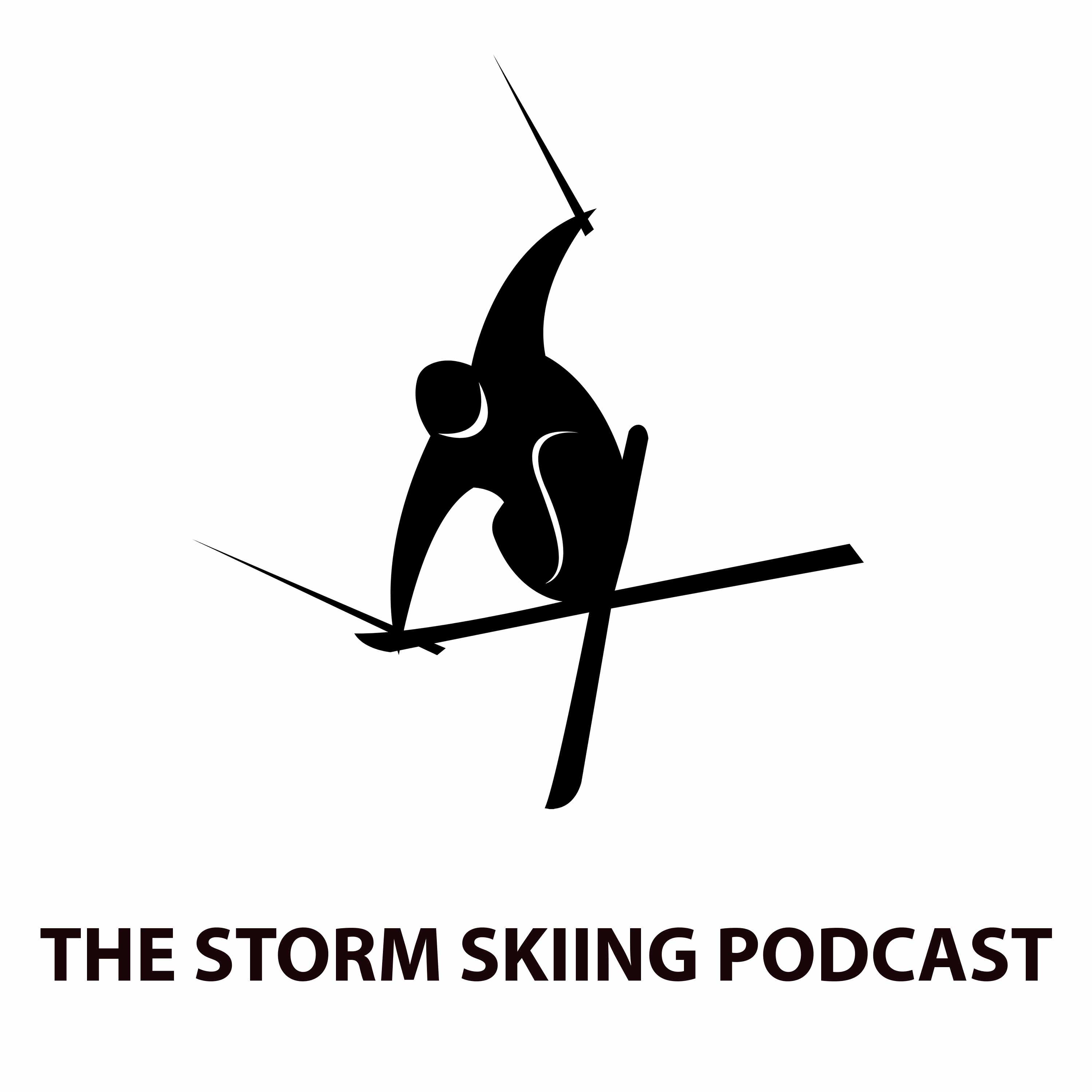Podcast #143: Killington & Pico President & General Manager Mike Solimano
Description
This podcast hit paid subscribers’ inboxes on Sept. 7. It dropped for free subscribers on Sept. 14. To receive future pods as soon as they’re live, and to support independent ski journalism, please consider an upgrade to a paid subscription. You can also subscribe for free below:
Who
Mike Solimano, President and General Manager of Killington and Pico Mountains, Vermont
Recorded on
Sept. 5, 2023
About Killington
Click here for a mountain stats overview
Owned by: Powdr Corp
Located in: Killington, Vermont
Year founded: 1958
Pass affiliations: Ikon Pass: 5 or 7 combined days with Pico
Reciprocal partners: Pico access is included on all Killington passes
Closest neighboring ski areas: Pico (:12), Saskadena Six (:39), Okemo (:40), Twin Farms (:42), Quechee (:44), Ascutney (:55), Storrs (:59), Harrington Hill (:59), Magic (1:00), Whaleback (1:02), Sugarbush (1:04), Bromley (1:04), Middlebury Snowbowl (1:08), Arrowhead (1:10), Mad River Glen (1:11)
Base elevation: 1,156 feet at Skyeship Base
Summit elevation: 4,241 feet at Killington Peak
Vertical drop: 3,085 feet
Skiable Acres: 1,509
Average annual snowfall: 250 inches
Trail count: 155 (43% advanced/expert, 40% intermediate, 17% beginner)
Lift count: 20 (2 gondolas, 1 six-pack, 5 high-speed quads, 5 fixed-grip quads, 2 triples, 1 double, 1 platter, 3 carpets - view Lift Blog’s inventory of Killington’s lift fleet)
About Pico
Click here for a mountain stats overview
Owned by: Powdr Corp
Located in: Mendon, Vermont
Year founded: 1934
Pass affiliations: Ikon Pass: 5 or 7 combined days with Killington
Reciprocal partners: Pico access is included on all Killington passes; four days Killington access included on Pico K.A. Pass
Closest neighboring ski areas: Killington (:12), Saskadena Six (:38), Okemo (:38), Twin Farms (:38), Quechee (:42), Ascutney (:53), Storrs (:57), Harrington Hill (:55), Magic (:58), Whaleback (1:00), Sugarbush (1:01), Bromley (1:00), Middlebury Snowbowl (1:01), Mad River Glen (1:07), Arrowhead (1:09)
Base elevation: 2,000 feet
Summit elevation: 3,967 feet
Vertical drop: 1,967 feet
Skiable Acres: 468
Average annual snowfall: 250 inches
Trail count: 58 (36% advanced/expert, 46% intermediate, 18% beginner)
Lift count: 7 (2 high-speed quads, 2 triples, 2 doubles, 1 carpet - view Lift Blog’s inventory of Pico’s lift fleet)
Why I interviewed him
Imagine if the statistical bureaus of nations operated like ski areas - the countries just threw around numbers with no basis in measurable reality. China could say it was bigger than Russia, U.S. America could claim more territory than Canada, and North Korea could say it was bigger than all of them combined (hell, it probably does).
This is the world one steps into when trying to ascertain the size of New England ski areas. Mt. Abram claims 450 acres. Middlebury Snow Bowl brags on “600-plus acres of woods and glades,” which would make it larger than Sugarbush, the Alterra-owned mega-resort that undersells itself with a 581-acre tally. Here’s what the aliens would see if they were to match our internet boasts up to measurable reality:
Did Middlebury Snowbowl acquire the air rights over its mountain? Is Mt. Abram built like Istanbul, with several ancient ski areas buried beneath the modern foundation, giving us a vast ski labyrinth to explore?
This strategy probably worked better when most skiers’ mode of resort comparison was “scanning a bunch of brochures at a rest area.” It’s harder to maintain when every human carries a device equipped with a map of planet earth in their pocket at all times. But ski areas keep fibbing anyway.
Which is probably why, several years ago, Killington started measuring itself like a Western ski area: draw a border around the property – that’s your skiable terrain. Oh, and we’ll no longer yell at you for skiing in the woods, which is technically “terrain” even if the underbrush is too thick for anything larger than a chipmunk to navigate.
Some of you would like
More Episodes
Published 11/17/24
Published 11/12/24


